Effective wound management is paramount for a quick and uneventful recovery, especially after surgery or for managing various types of wounds. Among the myriad of wound care supplies available, the non woven adhesive dressing with pad has become a go-to choice for healthcare professionals and caregivers alike. This is because it offers a sterile, absorbent, and convenient solution. Most importantly, knowing how to apply a sterile non woven adhesive dressing correctly ensures its efficacy and contributes significantly to optimal wound healing.
At Favourite Fab, we are dedicated to providing high-quality medical dressing solutions. Because we believe that proper application is as crucial as the quality of the dressing itself, we’ve created this detailed guide. Therefore, you can confidently manage wounds with our superior products, fostering faster and healthier recoveries.

Get Free Sample Kit Of Our Fabric At Your Door Step
- Online Order
- Door Delivery
- 1-Click Quotation
Understanding the Sterile Non-Woven Adhesive Dressing
What is non-woven adhesive dressing?
A non woven adhesive dressing is an advanced medical dressing designed for both absorbency and secure fixation. It typically consists of an absorbent wound pad (often made from a soft rayon/polyester blend) centered on a flexible, breathable non-woven backing. This backing extends beyond the pad to form an adhesive border. This design makes it a non-woven adhesive island dressing, as the central pad resembles an “island” surrounded by the adhesive “sea.”
These dressings are known for their gentle adhesive for sensitive skin, often being hypoallergenic adhesive dressing and latex-free adhesive dressing, which minimizes the risk of skin irritation. They are also typically a sterile non woven adhesive dressing, individually packaged to ensure a clean environment for wound application. Furthermore, many types are a breathable wound dressing, promoting air circulation around the wound. Some even offer water-resistant island dressing capabilities for added protection.
When to use an adhesive island dressing?
An adhesive island dressing is versatile and highly effective for:
- Post-operative wound dressing: Ideal for covering surgical incisions, especially post-op dressing with pad, where exudate is low to moderate. They are specifically suited as a post-surgical dressing.
- Dressing for minor cuts and abrasions: Provides gentle protection and absorption for everyday injuries.
- IV cannula fixation dressing: Offers a secure and sterile way to stabilize IV lines.
- Dressing for low exudate wounds: Effectively absorbs minimal to moderate wound fluid without drying out the wound bed.
Pre-Application Steps: Preparation is Key
Before you even touch the sterile non woven adhesive dressing, proper preparation is paramount to prevent infection and ensure optimal adhesion.
- Gather Your Supplies: Ensure you have the sterile non woven adhesive dressing of the appropriate size, sterile gloves (if required by protocol or wound type), a wound cleansing solution (like saline), clean gauze or wipes, and a waste bag.
- Hand Hygiene: This is the most crucial step. Wash your hands thoroughly with soap and water for at least 20 seconds, or use an alcohol-based hand sanitizer. Don sterile gloves if necessary for the wound type or facility protocol.
- Assess the Wound: Gently remove the old dressing (if present). Observe the wound for signs of healing (new tissue formation), infection (redness, swelling, pus, foul odor), or changes in exudate.
- Clean the Wound: Using a fresh, sterile gauze or a non-woven swab soaked in wound cleansing solution (e.g., normal saline), gently clean the wound from the center outwards to avoid introducing contaminants. Pat the surrounding skin dry completely. The skin must be dry for the adhesive wound dressing to stick effectively.
Step-by-Step Application of a Sterile Non-Woven Adhesive Dressing
Learning how to use an island dressing correctly is straightforward with these steps:
- Open the Sterile Packaging: Carefully open the sterile pouch of the non woven adhesive dressing with pad. Avoid touching the sterile pad itself or the adhesive border. Many come with easy-peel tabs.
- Remove Release Liners (if applicable): Some adhesive island dressing products have one or two release liners protecting the adhesive. Peel these off, exposing the adhesive surface. Maintain sterility by only touching the non-adhesive side of the dressing.
- Position the Dressing: Center the highly absorbent wound pad directly over the wound. Ensure the pad covers the entire wound and extends slightly beyond its edges. The adhesive border should sit on clean, dry, intact skin around the wound. This is crucial for a secure seal.
- Apply Gently but Firmly: Once positioned, gently lay the dressing down. Then, starting from the center of the dressing (over the pad), smooth outwards towards the adhesive border. Apply gentle, even pressure to the adhesive border to ensure it adheres completely to the skin, creating a seal. Avoid stretching the dressing during application.
- Remove Top Carrier Film (if present): Some dressings, particularly water-resistant island dressing or those with extra conformability, may have a transparent top carrier film. If present, carefully peel this away, starting from one corner, leaving only the dressing securely in place.
- Ensure Comfort: Check that the patient is comfortable and that the dressing is not causing any tension or pulling on the skin. The flexible wound care dressing should move with the body.
When Should You Change a Non Woven Dressing?
The frequency of dressing changes depends on several factors:
- Exudate Level: Change the non woven adhesive dressing if the highly absorbent wound pad becomes saturated with wound fluid. Look for exudate wicking to the edges of the pad.
- Integrity of the Dressing: If the adhesive island dressing starts to lift, peel, or if the sterile seal is compromised, it needs to be changed.
- Signs of Infection: If you notice increased redness, swelling, pain, warmth, or pus around the wound, change the dressing and consult a healthcare professional immediately.
- Clinical Protocol: Always follow your healthcare provider’s instructions or the facility’s protocol for dressing change frequency. For many clean surgical wounds, dressings might be changed every 24-72 hours.
- Product Specifications: Some dressings are designed for longer wear times. Always check the manufacturer’s recommendations.
Benefits of Non Woven Dressings for Surgery and Everyday Use
What is a non woven dressing used for?
Non woven dressing for surgery is highly valued for its benefits, making it a preferred choice for various wound types:
- Sterile Protection: Sterile non woven adhesive dressing provides a sterile barrier against external contaminants, significantly reducing the risk of infection in surgical sites.
- Patient Comfort: The soft, conformable, and hypoallergenic adhesive dressing minimizes discomfort and skin irritation.
- Effective Exudate Management: The absorbent wound pad efficiently manages light to moderate wound drainage, keeping the wound bed clean.
- Breathability: Allows moisture vapor to pass through, preventing skin maceration.
- Secure Adhesion: The strong yet gentle adhesive border ensures the dressing stays in place, even with patient movement.
- Versatility: From post-surgical dressing to dressing for minor cuts and abrasions, their adaptability is unmatched.
Favourite Fab’s spunlace non woven dressing technology further enhances the softness and absorbency of our products, providing superior wound care.
Related Dressings & Understanding Adhesion
Understanding the nuances of different dressing types, especially regarding adhesion, is vital for proper wound care:
- Difference between adhesive and non adhesive dressing: An adhesive wound dressing has a built-in sticky border or full adhesive backing to secure it to the skin. A non adhesive dressing lacks this adhesive and requires tape, a bandage, or another securement method to hold it in place.
- Non woven dressing meaning: This refers to the non-woven fabric construction, characterized by bonded fibers.
- Non Woven Dressing pad: This specifically refers to the absorbent material that makes up the core of the non-woven dressing.
- Non Adhesive Dressing Pads: These are absorbent pads (often non-woven) that do not have their own adhesive. They are used when adhesive might irritate sensitive skin or when a custom securement method is preferred.
- Non adherent dressing used for: These dressings (which can be either adhesive or non-adhesive in their securement method, but the “non-adherent” refers to the layer that touches the wound) are designed not to stick to the wound bed. This prevents trauma during removal, making them ideal for burns, skin grafts, or very delicate wounds. Non Adherent Dressing examples include silicone-coated dressings or petroleum gauze.
- Self Adhesive dressing: This term is synonymous with adhesive wound dressing, meaning it has its own built-in adhesive for application.
Favourite Fab: Your Partner for Premium Wound Care Solutions
At Favourite Fab, we are a leading non woven dressing manufacturer and wound dressing supplier. We specialize in providing high-quality medical dressing that meets international standards. Our commitment to excellence means we offer sterile non woven adhesive dressing, post-op dressing with pad, and a variety of other wound care supplies that healthcare professionals trust.
Whether you are looking for bulk non woven dressings for a hospital, seeking private label wound dressings for your brand, or require OEM adhesive dressing manufacturing, Favourite Fab is your reliable partner. We offer wound dressing wholesale solutions, ensuring you receive premium products from a trusted medical dressing factory.
Frequently Asked Questions (FAQ)
What are non-adhesive pads used for?
Non-adhesive pads (or Non Adhesive Dressing Pads) are used primarily as absorbent layers that do not stick to the wound itself or the surrounding skin. They require a secondary method of securement, such as medical tape, a conforming bandage, or an adhesive film. They are often chosen for sensitive skin, wounds that need frequent dressing changes, or when direct adhesive contact is to be avoided.
What is non-woven adhesive dressing?
A non-woven adhesive dressing is an all-in-one wound dressing featuring an absorbent pad bonded onto a soft, flexible non-woven backing with an adhesive border. This design allows it to absorb wound exudate and securely adhere to the skin, commonly used for surgical incisions and general wound protection.
How to use a non-adherent dressing pad?
To use a non-adherent dressing pad:
- Cleanse the wound and pat the surrounding skin dry.
- Place the non-adherent side of the pad directly onto the wound surface.
- Secure the non-adherent pad in place using medical tape, a cohesive bandage, or an adhesive film dressing that covers the pad and adheres to the surrounding skin.
What is a non-adhesive dressing?
A non-adhesive dressing is any type of wound dressing that does not have an integrated sticky (adhesive) component. Unlike self adhesive dressings or adhesive wound dressing tape, it cannot secure itself to the skin and thus requires a separate method (like tape or a bandage) to hold it over the wound.

Get Free Sample Kit Of Our Fabric At Your Door Step
- Online Order
- Door Delivery
- 1-Click Quotation
Contact Us
Elevate your wound management with Favourite Fab’s premium non woven adhesive dressing solutions. For inquiries, bulk orders, or custom manufacturing, reach out to us today.
Email: sale@favouritehub.com WhatsApp: 9528811566
Partner with Favourite Fab for innovative, reliable, and high-quality wound care products.



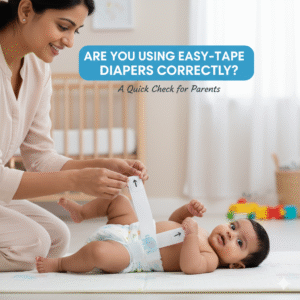
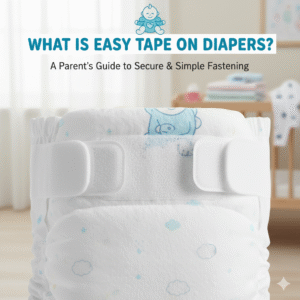
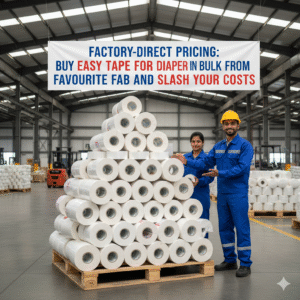

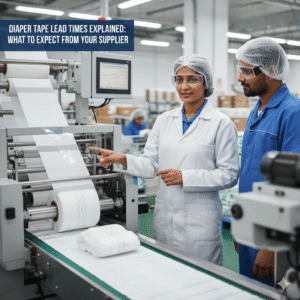
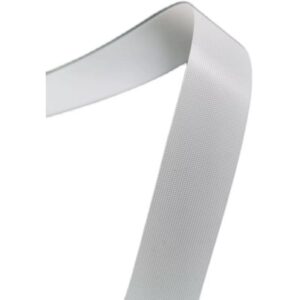
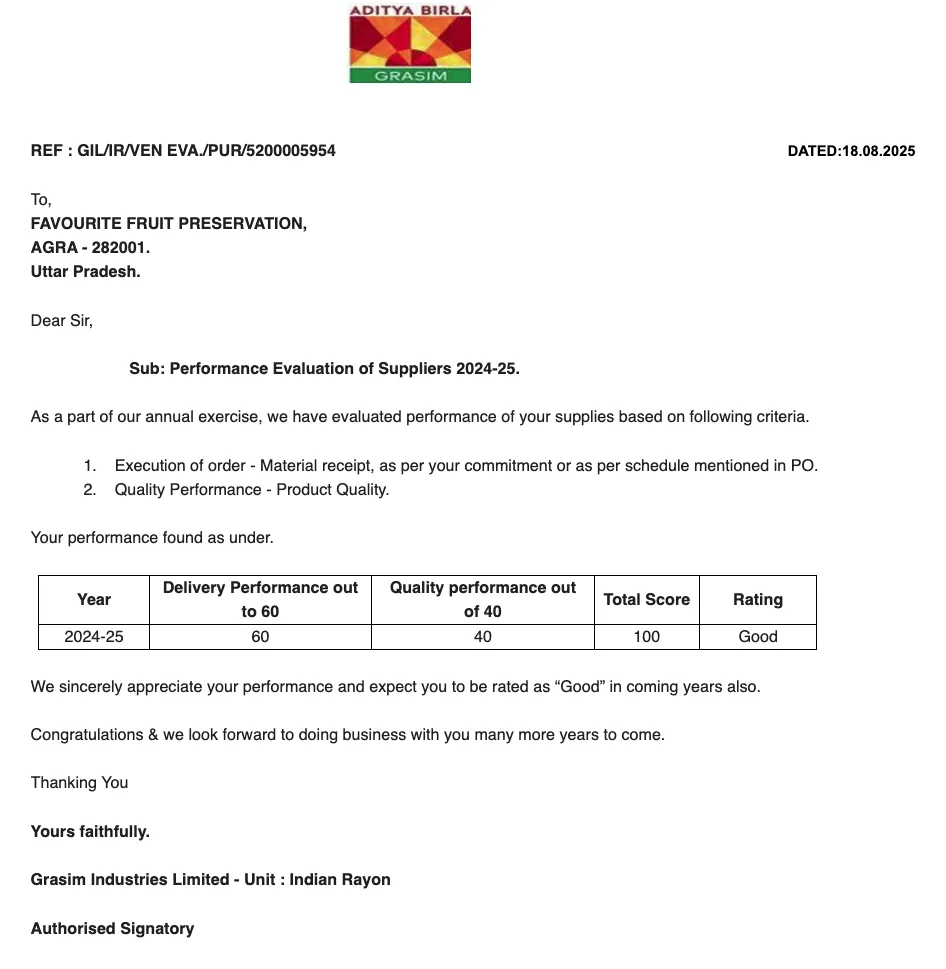




























We Do Business On Trust.Our Nonwoven fabric Business is Built on trust. Trust starts with Transparency.
Mr.Ramniwas Garg Founder Of Favourite Group